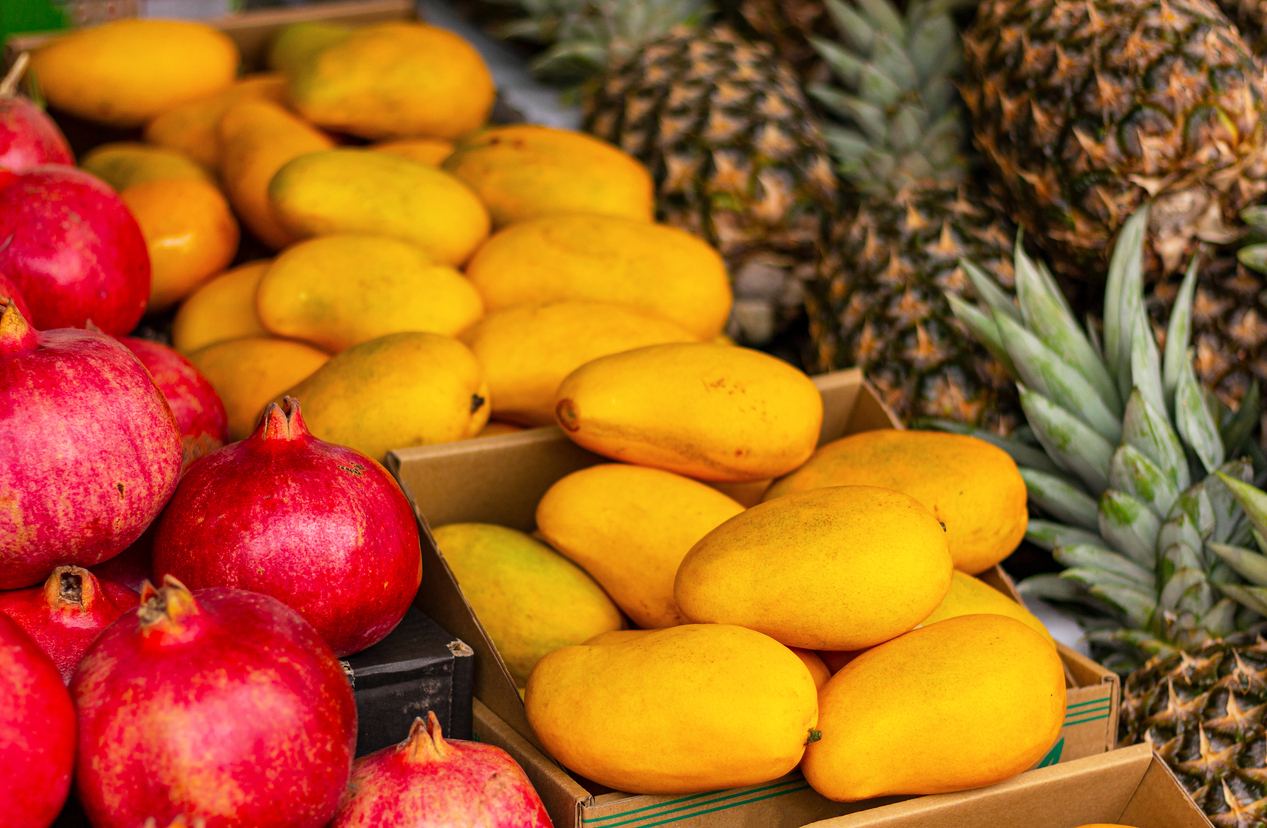The Economics of Pomegranates: Understanding the Cost Breakdown with Wigmore Trading
The Economics of Pomegranates: Understanding the Cost Breakdown with Wigmore Trading
Are you curious about the fascinating world of pomegranates and how they make their way from farm to table? Look no further! In this blog post, we have teamed up with Wigmore Trading to delve into the economics behind everyone’s favorite ruby-red fruit. Get ready to discover the surprising cost breakdown of pomegranates and gain a deeper understanding of how these little bursts of flavor end up in your shopping cart. So, grab a seat and prepare for an enlightening journey through the economics of pomegranates – it’s going to be juicy!
What are pomegranates?
Pomegranates are a fruit that are grown all around the world. They are typically red and have either a hard or soft shell. The inside of a pomegranate is filled with seeds that are used to make juice or other products. Pomegranates can be expensive, depending on where they are grown. Here is a look at the cost breakdown for pomegranates:
The average price of a pomegranate was $3.14 per pound in 2016, according to The Department of Agricultural and Resource Economics at the University of Missouri. This means that the cost for a pomegranate varies based on the location where it is grown. In China, for example, the cost per pound was much higher at $5.93.
One reason why pomegranates may be more expensive in some locations than others is due to factors like climate and labor costs. For example, climate conditions can affect how much water is available to grow pomegranates, which can impact their production costs. In addition, labor costs play a significant role in determining the price of pomegranates because they require a lot of time and effort to harvest them properly.
Where do they originate from?
The economics of pomegranates can be complicated, but understanding the cost breakdown will help you make informed decisions. The following is a breakdown of the costs associated with pomegranates:
Production Costs:
-Fertilizer: Used to increase yields
-Pesticides: Used to prevent insect or disease damage
-Water: Required for irrigation
-Land tenure costs: Government fees, royalties, and other related costs associated with owning land
Transportation Costs:
-From grower to buyer (import/export) costs
What are the different types of pomegranates?
There are many different types of pomegranates, each with its own unique flavor and appearance. Here is a breakdown of the cost associated with pomegranates:
Kesar: This type of pomegranate is made from the juice of the pomegranate plant poured into hot sugar syrup to create a thick syrup. Kesar poms are light in color and have a sweet taste.
Doves’ Eye: This type of pomegranate features an elongated shape with a deep red or purple hue. The fruit is smaller than other types, has a firmer texture, and has a slightly bitter taste.
King’s Heart: This type of pomegranate has an oblong shape and is somewhat pear-shaped. The skin is smooth and the fruit is red or green in color with a creamy texture. It has a fruity, sweet taste that some people find overpowering.
Fancy: This type of pomegranate features large, colorful fruits that are shaped like hearts or coconuts. The skin is thin so the fruit can be easily removed, and it has a tart flavor that some people find refreshing.
How much do they cost?
The average cost of a pomegranate at the grocery store is $3.49 per container. However, this price can vary depending on the region and time of year. The peak season for pomegranates is from October to December, but they are available year-round. The largest pomegranate in the world was grown in Iran and weighed in at a whopping 113 pounds! In terms of size, a medium-sized pomegranate typically contains 20 to 25 seeds.
What are the benefits of eating pomegranates?
The health benefits of pomegranates are plentiful, and include reductions in the risk of heart disease, stroke, and other chronic illnesses. The economics of pomegranates can be complex, but the basic cost breakdown is as follows: the price paid for a pomegranate varies depending on factors such as size and quality. The U.S. Department of Agriculture (USDA) reports that the average price paid for a 100 g (3.5 oz) punnet was $2.87 in 2017. However, prices can vary greatly depending on location and season. For example, pomegranates were being sold for up to $8 per punnet in London during December 2018. In general, though, market prices for fresh pomegranates range from around $0.50-$2/pumpkin, with a median price of $1/pumpkin according to data from Wigmore Trading LLC..
The economic value of pomegranates comes from their content – which includes about 74% water – as well as their flavor and texture. Pomegranate juice is high in antioxidants – including polyphenols and flavonoids – which have been shown to have health benefits such as reducing the risk of cancer and heart disease. In addition to their antioxidant content, pomegranate juice contains vitamins C and E, minerals like potassium and magnesium, and sugar molecules sucrose and glucose. Together these components make up what’s called the “
Why is pomegranate price so high?
The price of pomegranates varies depending on where they are grown and the time of year. Pomegranates that are grown in colder climates, such as Europe and Russia, generally cost more than those that are grown in warmer climates, such as California and Florida. Additionally, pomegranates that are picked early in the season may cost more than those that are picked later in the season. The main component of a pomegranate’s price is its weight; the heavier the fruit, the more it will cost. In addition to weight, other factors that affect a pomegranate’s price include quality (like color and firmness), region of origin, and availability.
Conclusion
The pomegranate is a delicious fruit that has been around for centuries. In recent years, its popularity has only increased due to its tremendous health benefits. However, the cost of pomegranates can be high, making it difficult for many consumers to enjoy them regularly. In this article, we will explore the economics behind pomegranates and discuss how Wigmore Trading can help you get the most out of your purchase. By understanding the cost breakdown and taking advantage of Wigmore Trading’s low rates and wide selection, you can maximize your chances of enjoying this delicious fruit at a price you can afford.






Comments are closed.